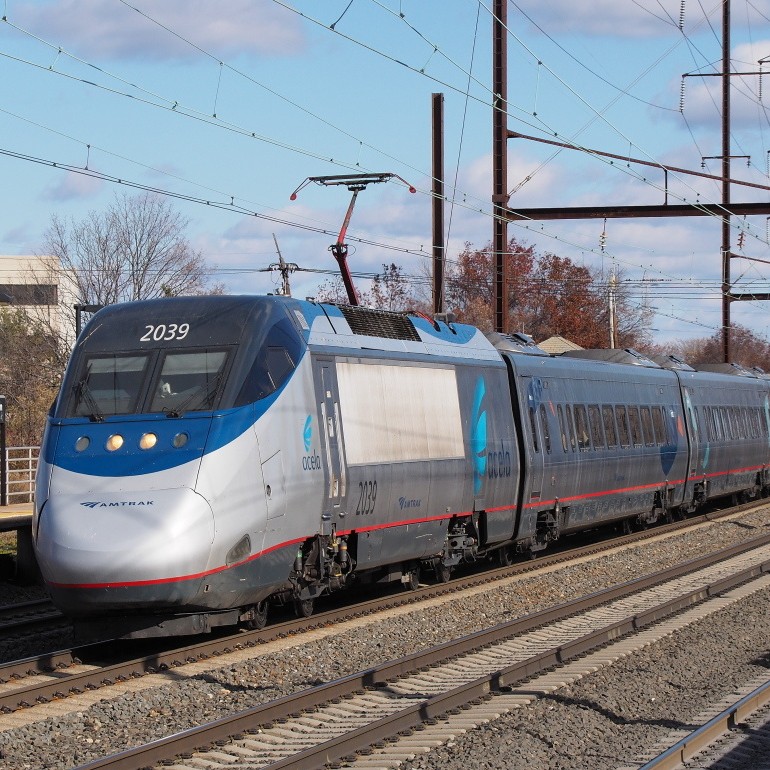Published:
While planes are currently one of our world’s fastest forms of transportation, are they our most efficient? Signs point to no, as more and more countries, specifically in Europe, are investing more in rail transportation. In 2022, Luxembourg invested 575 euros per capita in its railroad system, and they weren't alone. Switzerland, Norway, and Austria invested between 300 and 450 euros per capita, further developing their railroad system.
A leading driver behind these investments is environmental sustainability. Currently, cars and planes are prevalent forms of transport worldwide; however, those forms of travel result in extremely large-scale greenhouse gas emissions. The European Green Deal—the European Union's outline, including goals and measures to strive towards becoming climate resilient—states that it aims to reduce greenhouse gas emissions by 55% by 2030, compared to 1990s levels. Therefore, we should expect to see more investments in rail in the near future. Traveling by plane releases over seven times the number of emissions than traveling by rail, and cars release almost five times the number of emissions as traveling by rail. Additionally, the majority of trains in most European countries are electric. As of 2021, 99.8 percent of trains in Switzerland are electric; if similar strides continue to be taken, rail transportation could occur with zero carbon emissions in the near future.
Investing in infrastructure isn’t all that these countries are doing; some are going as far as banning short domestic flights. For example, France banned flights under two and a half hours in cases where there was an efficient rail alternative. Austria took a similar approach, banning flights between Vienna and Salzburg, as the flight is typically fifty minutes and the train ride is only two hours longer.
The United States, a country that isn’t exactly known for railroad efficiency due to a lack of widespread, high-speed railroads, is even moving towards rail travel. A privately owned company called Brightline has begun a project to create a high-speed route between Las Vegas and Los Angeles. The project aims to be completed in time for the 2028 Los Angeles Olympics and has already gained over 3 billion dollars in federal support. This rail system will do wonders for the tourism industry while encouraging interstate travel. Across the pond, European countries share this desire for increased travel as well to reduce barriers in cross country travel.
However, a significant challenge that comes with pushing rail travel is the expenses associated with it for travelers. Rail travel within the European continent is 71 percent more costly than traveling by plane. Travelers in the U.K. can expect to pay four times as much if they opt to choose a train over a plane. For example, a flight from Barcelona to London, one of Europe's most popular short haul flights, costs as little as thirteen euros, while a train ticket can cost close to 400.
Looking forward, rail travel, along with boosts in tourism, will only continue to increase in popularity as government investing continues. As a result, competitiveness between the railroad and airline industries will persist as travelers battle to choose between cutting costs or preserving the environment.
File under






